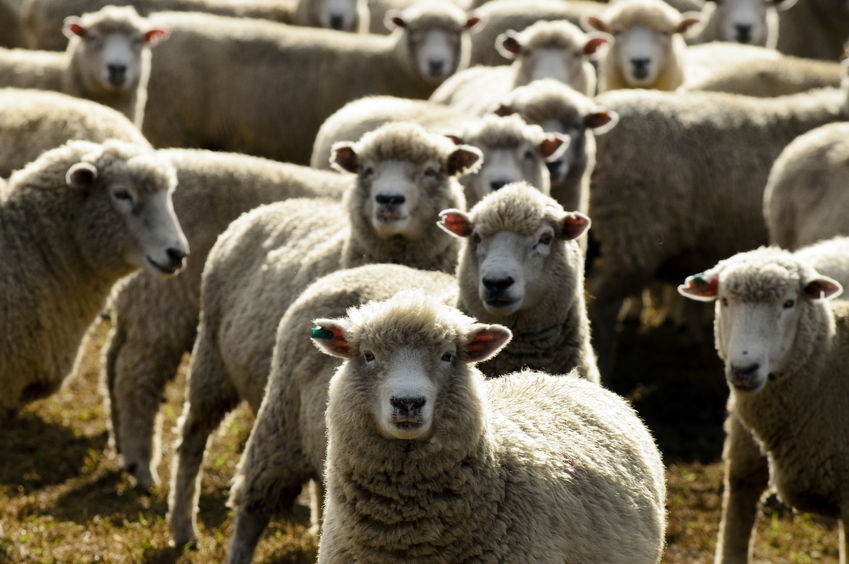
More than 93 per cent of farmers used auction markets to buy and sell livestock, according to a new survey showing the importance of such markets in rural areas.
New research reveals that the extended market reach, prompt payments and the competition of the ring are the key catalysts attracting both buyers and sellers to the livestock auction mart system.
Conducted over two major industry events, the Royal Welsh Show and South West Dairy Show, over 200 respondents cited the convenience and networking opportunities as other primary factors in choosing the auction ring rather than other routes to market.
The surveys, organised by the Livestock Auctioneers Association (LAA), demonstrate the importance of the livestock auction mart industry as it celebrates its 200th anniversary in 2017.
“Auction marts offer a marketplace for all categories of stock, and the ability to sell in suitable batches, often with the help and guidance of the auctioneer, helps achieve the best price. Our recent research certainly backs this up,” explained Chris Dodds, LAA executive secretary.
Customer base
During the Royal Welsh Show, with 45 per cent of respondents being sheep farmers, the main pull to the auction market was the wide-ranging customer base, with 95 per cent using the livestock ring to either buy or sell stock during the calendar year.
A further three per cent, who sold their stock privately, did so through the auction marts.
High on the list of benefits is the support of the auctioneer, with access to professional staff and marketing advice recognised as key triggers to achieving the best possible market price for their stock.
“Particularly with lambs, for example, the need to select sale batches in level lots for size, conformation and finish is critical if the best price is to be achieved. The auctioneer is always best placed to guide on market trends and requirements,” continued Mr Dodds.
Market reach
With an obvious primary focus on the dairy industry, the Dairy Show held at the Bath and West Showground on 4 October, portrayed a very similar pattern for this sector.
88 per cent of respondents said they sell or buy directly through the live ring at some point during the year. Again, this was boosted by a further eight per cent selling privately through their auctioneer.
Convenience, market reach and the guarantee of prompt and confirmed payment were highlighted as the main draw to the ring.
John Brereton, LAA chairman explained: “It is clear from our independent surveys that the fact the livestock farmer can achieve a confirmed price when the hammer falls, with no deductions for breed, weight, number of moves, or any other reason, is a key driver in attracting farmers to the auction mart system.
“By presenting livestock in suitable lots, and by giving farmers access to the professional support and advice of the auction mart, both buyers and sellers can achieve maximum value and best possible returns on their day’s business.”
Chris Dodds added: “While of course there are many following in the footsteps of their fathers and grandfathers alike by selling through the live sales ring, it demonstrates that farmers are choosing to utilise the system as they see tangible benefits and returns.
“First and foremost, returning a good profit and securing a fair market price will be the key drivers, and clearly the livestock auction market is delivering.”
Networking
Across both events, respondents also recognised the important social and networking aspect of the auction market system.
“For many it is an important day out, a time to catch up with colleagues and understand market conditions,” added Mr Dodds.
“Across the board, this was cited as the one of the top five key pulls to the auction mart, and it should not be understated. Farming is an increasingly solitary existence and the auction market provides a hub to not only conduct business but also share and learn from personal experiences.”
The survey was conducted independently with a broad range of livestock farmers across all categories.
As would be anticipated, the Dairy Show saw 62 per cent of respondents concentrating on dairy cattle, but also had a good representation of beef cattle (23 per cent) and the remainder from sheep and pig operations.
45 per cent of those surveyed during the Royal Welsh Show were primarily involved in sheep farming, with beef cattle (28 per cent), dairy cattle (14 per cent) and pigs (13 per cent) making up an even balance over the two shows.
“What the figures overwhelmingly reveal is that the auction mart system continues to play a critical role to the success of the farming community and the wider rural economy
“With over 93 per cent of respondents using the live ring during the calendar year, it is clear evidence that, in its 200th year, the auction market is the preferred route to market for those involved in the livestock industry,” concluded Mr Dodds.
